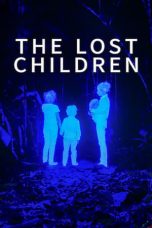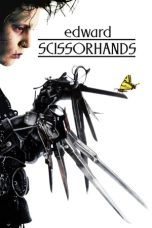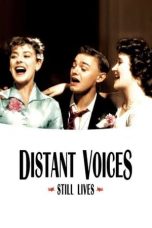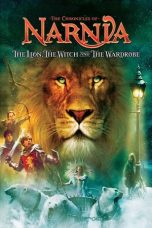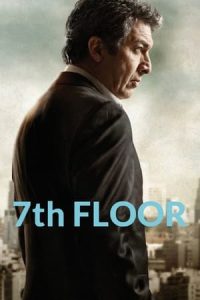- Source: The Children of Edward
- Edward VII dari Britania Raya
- The Family International
- The Mother of His Children
- Anak-Anak New Forest
- The Lord of the Rings: The Fellowship of the Ring (film)
- National Society for the Prevention of Cruelty to Children
- Edward Dolnick
- Amoksisilin
- Edward George Warris Hulton
- The Age of Reason
- The Children of Edward
- Edward V
- Edward III of England
- Edward II of England
- Edward the Black Prince
- Elizabeth of York
- Anne of York (daughter of Edward IV)
- Children of Men
- Edward I of England
- Edmund of Woodstock, 1st Earl of Kent
Distant Voices, Still Lives (1988)
The Chronicles of Narnia: The Lion, the Witch and the Wardrobe (2005)
Unsung Hero (2024)
7th Floor (2013)
No More Posts Available.
No more pages to load.
The Children of Edward is an oil on canvas painting by French painter Paul Delaroche, created in 1830. It is held in the Louvre, in Paris.
History
In 1827, Delaroche traveled to London, where he visited the Tower of London. He was very interested about the story of the Princes in the Tower, and decided to create an historical painting inspired by the subject. He did a detailed research on the decorations and objects of the 15th century for the current painting. The canvas was first shown at the Salon of 1831. At the time, it was defined as a very moving painting, a "tearjerker", similarly to another later painting by the same painter, The Execution of Lady Jane Grey (1833).
Description
The painting focuses on the theme of the Princes in the Tower, namely Edward V of England and Richard of Shrewsbury, imprisoned in the Tower of London at the behest of the regency council, after the death of their father Edward IV. The two princes were declared illegitimate through the act known as Titulus Regius, so the council of safety decreed their uncle, who became Richard III, as successor. This depiction shows the two children huddling together, sensing their murderous fate. Their murder is usually believed to have been ordered by Richard III, even if there isn't historical evidence of that. The dramatic tension of the scene is highlighted by the small dog in alert, at the left, the light that enters under the door and the anxious gaze of one of the children; all these details suggest an imminent entrance and accentuate the drama of the scene.
The episode of the princes in the Tower also appears at the end of an act of the play Richard III, by William Shakespeare, which knew a wide diffusion in France at the time. Several elements of the canvas give a late medieval atmosphere: one of the children holds a book where there is a miniature of the Annunciation of Mary; the medallion with a goldsmith's work; and the decoration of the bed. Several English references shown are the royal emblems at the foot of the bed and the ribbon of the Order of the Garter on the leg of one of children..
Provenance
In 1831 it was bought by the French state for 6000 francs and placed in the Luxembourg Museum. In 1878 it entered the Louvre, in Paris.
